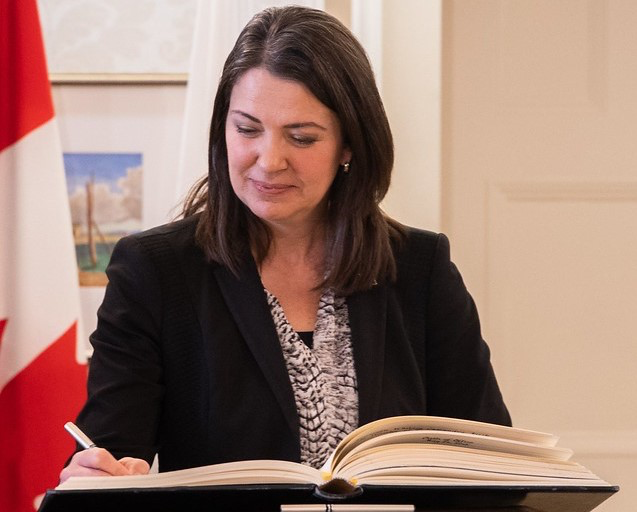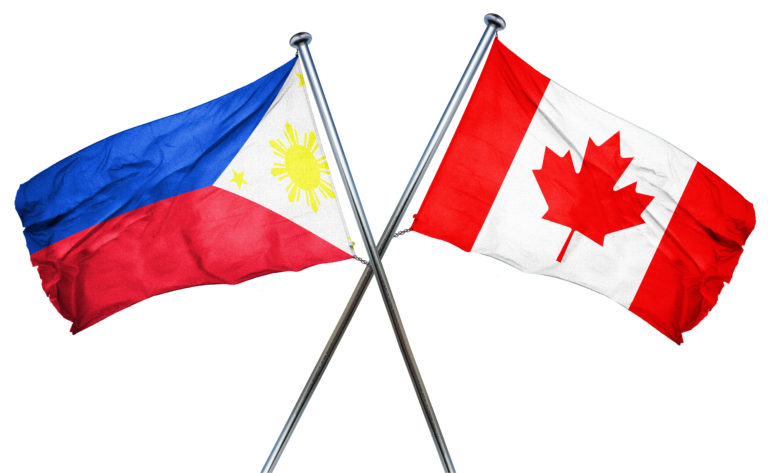Healthcare workers in 42 occupations received Notifications of Interest (NOI) from Ontario immigration in an Express Entry Human Capital Priorities stream draw this week.
In the March 8 and 9 Ontario Immigrant Nominee Program (OINP) targeted draw, Canada’s most populous province issued 822 NOIs to candidates with Comprehensive Ranking System (CRS) scores of 469 through to 489.
Read more:
- Tech, healthcare and childcare workers being invited in latest BCPNP draw
- Canada Issued New Record Number Of Work Permits In 2023
- Parents And Grandparents Program: Canada More Than Doubles Number Of New Immigrants
When applying to Ontario’s Express Entry Human Capital Priorities Stream of the OINP, applicants need to scan and upload copies of the following mandatory documents with their applications:
- NOI from Ontario;
- identity documents;
- status documents in Canada;
- education documents;
- language test results;
- resumé;
- documents to support their employment in Ontario (if applicable) and work history;
- documents to demonstrate they meet the settlement funds requirement, and;
- other optional documents if applicable.
Spouses and children’s documents must also be included in the application
Documents must also be included for dependent family members, including:
- passports for all dependent family members;
- status documents for any spouse or common-law partner;
- if applicable, documents to support their spouse or common-law partner’s education in Canada, work experience in Canada, and language test results, and;
- documents regarding any relatives in Canada.
Those sent NOIs in this latest draw had to have work experience in fields with these National Occupational Classification (NOC) codes:
- NOC 30010 – Managers in health care
- NOC 31100 – Specialists in clinical and laboratory medicine
- NOC 31101 – Specialists in surgery
- NOC 31102 – General practitioners and family physicians
- NOC 31103 – Veterinarians
- NOC 31110 – Dentists
- NOC 31111 – Optometrists
- NOC 31112 – Audiologists and speech-language pathologists
- NOC 31120 – Pharmacists
- NOC 31121 – Dietitians and nutritionists
- NOC 31201 – Chiropractors
- NOC 31202 – Physiotherapists
- NOC 31203 – Occupational therapists
- NOC 31204 – Kinesiologists and other professional occupations in therapy and assessment
- NOC 31209 – Other professional occupations in health diagnosing and treating
- NOC 31300 – Nursing coordinators and supervisors
- NOC 31301 – Registered nurses and registered psychiatric nurses
- NOC 31302 – Nurse practitioners
- NOC 31303 – Physician assistants, midwives and allied health professionals
- NOC 32100 – Opticians
- NOC 32101 – Licensed practical nurses
- NOC 32102 – Paramedical occupations
- NOC 32103 – Respiratory therapists, clinical perfusionists and cardiopulmonary technologists
- NOC 32104 – Animal health technologists and veterinary technicians
- NOC 32109 – Other technical occupations in therapy and assessment
- NOC 32110 – Denturists
- NOC 32111 – Dental hygienists and dental therapists
- NOC 32112 – Dental technologists and technicians
- NOC 32120 – Medical laboratory technologists
- NOC 32121 – Medical radiation technologists
- NOC 32122 – Medical sonographers
- NOC 32123 – Cardiology technologists and electrophysiological diagnostic technologists
- NOC 32124 – Pharmacy technicians
- NOC 32129 – Other medical technologists and technicians
- NOC 32200 – Traditional Chinese medicine practitioners and acupuncturists
- NOC 32201 – Massage therapists
- NOC 32209 – Other practitioners of natural healing
- NOC 33100 – Dental assistants and dental laboratory assistants
- NOC 33101 – Medical laboratory assistants and related technical occupations
- NOC 33102 – Nurse aides, orderlies and patient service associates
- NOC 33103 – Pharmacy technical assistants and pharmacy assistants
- NOC 33109 – Other assisting occupations in support of health services









